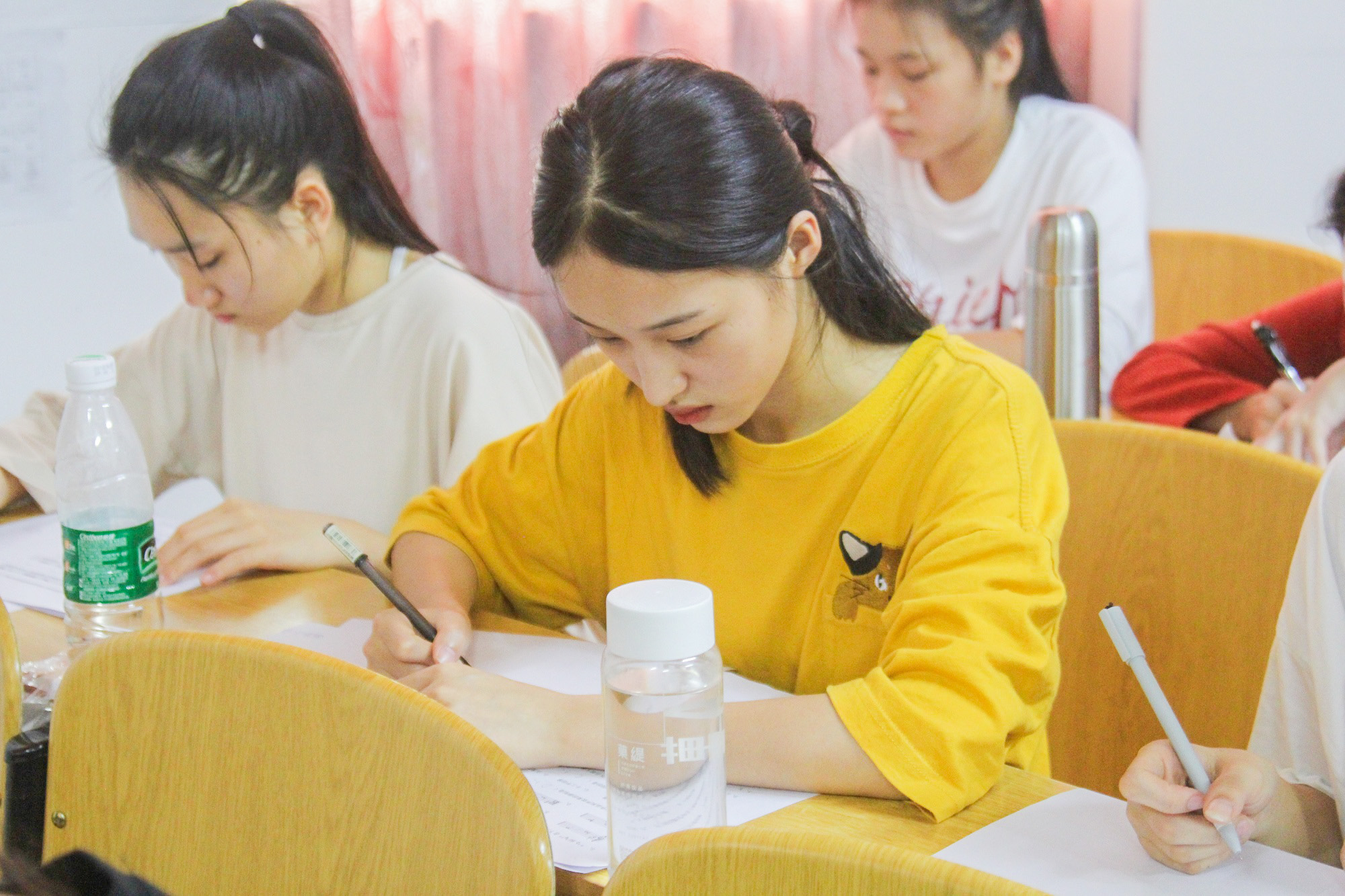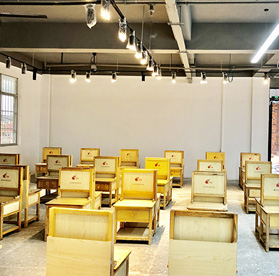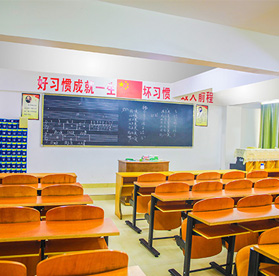What are the music schools with high enrollment rate in Guangxi
Many people think that it is too difficult to learn music and take music and art examinations, and it is even more difficult to enter a key art college. In fact, this is only a one-sided view of most people. Today, I will objectively analyze the advantages of music major compared with other art examination majors. Advantage 1: Fewer people choose music majors. The data shows that, compared with other majors, fewer people apply for music and art majors. In contrast, there are more applicants for other arts majors, such as art and media. Every year, nearly 10000 candidates apply for the exam, and the competition is relatively fierce. Advantage 2: Sufficient preparation time, music and art examination majors are different from other art majors. The direction of music art examination is divided into vocal music and instrumental music. There are 2-4 tracks in the vocal music test and 1-2 tracks in the instrumental music test. Candidates can prepare their own test tracks half a year or even 3-5 years in advance during the preparation period. Compared with other art examinations, preparation time is more abundant.

What are the music schools with high enrollment rate in Guangxi
Neither the university nor the college is called casually. Nothing is without rules and rules. The same is true of universities and colleges. In China, the names of "universities" and "colleges" are not randomly chosen. The Ministry of Education has very specific regulations on the difference between the two. According to the Higher Education Law of the People's Republic of China, universities and colleges should have strong teaching and scientific research strength, high teaching and scientific research level and corresponding scale, and be able to implement undergraduate education and above. According to the Interim Provisions on the Establishment of Ordinary Undergraduate Schools (JF [2006] No. 18) issued by the Ministry of Education on September 28, 2006, and the Opinions of the Ministry of Education on the Establishment of Ordinary Institutions of Higher Learning during the Eleventh Five Year Plan Period (JF [2006] No. 17) issued by the Ministry of Education on September 26, 2006, universities and colleges in terms of school scale, disciplines and specialties, teaching staff, teaching and research level There are obvious differences in five aspects of infrastructure.

What are the music schools with high enrollment rate in Guangxi
After talking about professional ability, we will talk about the indispensable cultural curriculum achievements. Every year, many music and art examinees are favored by the Conservatory of Music because of their outstanding ability in professional classes, but they are hindered by the achievements of cultural classes, resulting in missing the ideal Conservatory of Music. After all, candidates of music and art want to study in the music college of their choice. If you are admitted to a comprehensive university but fail, there will be a gap. Even if you adapt well, you still regret it in retrospect. So what kind of cultural course scores can make the conservatory throw an olive branch at you? The higher the better! Every year, the score line will be set according to the students' cultural scores. In the past few years, the cultural scores between 300 and 400 are relatively safe.
What are the music schools with high enrollment rate in Guangxi
In terms of teaching staff, the differences between universities and colleges in terms of teachers are mainly reflected in the number of full-time teachers, the proportion of teachers with graduate and doctoral degrees, and the number of teachers with associate senior professional and technical posts or above, and full professor posts. The total number of full-time teachers of the College at the initial stage of its establishment shall not be less than 280. The proportion of full-time teachers with graduate education should not be less than 30%, the number of full-time teachers with deputy senior professional and technical posts should not be less than 30%, and the number of full-time teachers with full professors should not be less than 10. Each public compulsory course and professional basic compulsory course shall be equipped with at least two full-time teachers with deputy senior professional and technical posts or above respectively; Each professional compulsory course shall be equipped with at least one full-time teacher with a deputy senior professional technical post or above; Each specialty shall be equipped with at least one full-time teacher with senior professional and technical positions.







